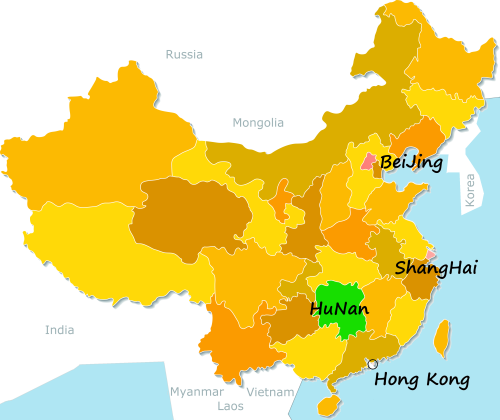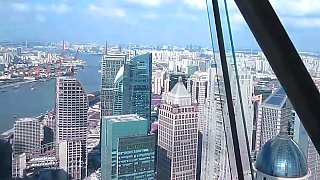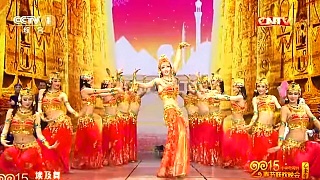
|
With Zara Living in Hangzhou ...
Welcome to Xixi Wetland Park
Experience the Natural Beauty of HangZhou
About Xixi Wetland Park
Xixi Wetland Park is a national wetland park located in the western part of Hangzhou, Zhejiang Province. Covering an area of approximately 10 square kilometers, Xixi is renowned for its rich ecological resources, scenic landscapes, and profound cultural heritage. The park is a haven for wildlife and offers a peaceful retreat from the bustling city, featuring numerous watercourses, lakes, and traditional houses.
Main Attractions
Hazy Fisher Village
Hazy Fisher Village is a picturesque area within the park that showcases traditional fishing culture. Visitors can explore the village, observe fishing demonstrations, and enjoy the serene environment.
Autumn Snow Temple
The Autumn Snow Temple is an ancient Buddhist temple situated in the heart of Xixi Wetland Park. The temple, surrounded by beautiful scenery, offers a tranquil spot for meditation and reflection.
Boating on the Waterways
Boating is one of the most popular activities in Xixi. Visitors can take a leisurely boat ride through the park's intricate network of waterways, enjoying the lush landscapes and diverse wildlife.
Traditional Houses
Xixi Wetland Park is home to many traditional houses that reflect the architectural style of the region. These houses offer a glimpse into the history and culture of the local people.
Activities
Bird Watching
Xixi Wetland Park is a paradise for bird watchers. The park's diverse habitats attract a wide variety of bird species, making it an ideal spot for bird watching and photography.
Photography
With its stunning landscapes, traditional architecture, and abundant wildlife, Xixi Wetland Park offers excellent opportunities for photography. Capture the beauty of the wetlands and the charm of the ancient village.
Walking and Cycling
The park features well-maintained paths that are perfect for walking and cycling. Visitors can explore the park at their own pace, enjoying the fresh air and natural beauty.
Seasonal Festivals
Xixi Wetland Park hosts various cultural events and festivals throughout the year, such as the Dragon Boat Festival and the Plum Blossom Festival. These events highlight the local culture and traditions.
Transport
Xixi Wetland Park is easily accessible from various parts of Hangzhou. Here are some ways to get there:
By Bus: Multiple bus routes stop near Xixi Wetland Park, including routes 506, 193, and 310. Get off at the Xixi Wetland stop.
By Subway: Take Line 5 to Zijingang Road Station, then transfer to a local bus or taxi to reach the park.
By Taxi: Taxis are a convenient option, especially if you are traveling with a group or have heavy luggage. Just ask the driver to take you to Xixi Wetland Park (西溪湿地公园).
|

 ChangSha neighborhood walk – living in balance with nature
ChangSha neighborhood walk – living in balance with nature




